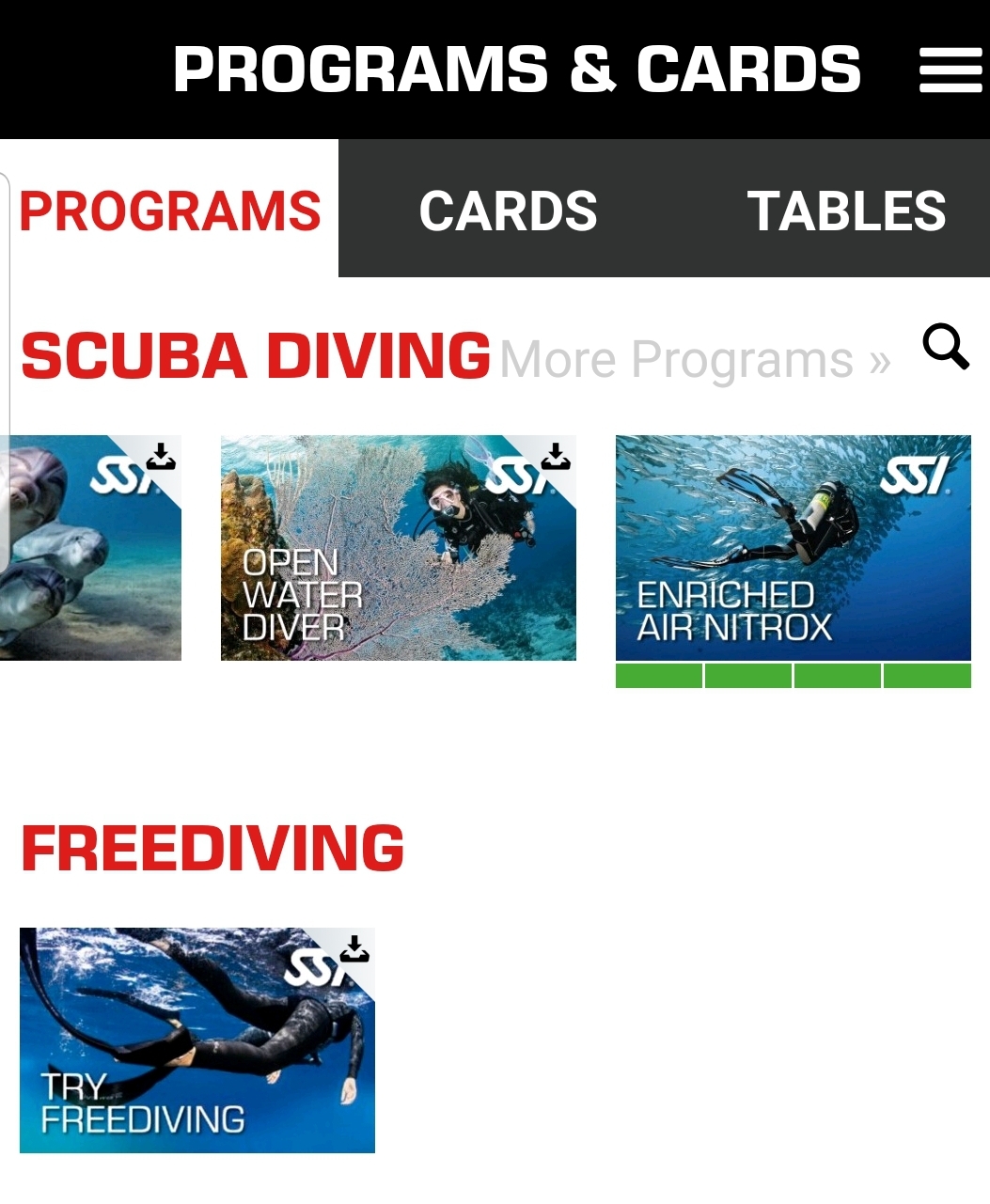My personal opinions here...
When I became an instructor, back in 1978, there was no Nitrox, but it was common to make the deco with pure oxygen for shortening the deco time.
At that time the safe limit for Oxygen was 10m, so we did hang oxygen tanks at 9m, for the first of the three deco stops.
Normal dives were always around 50m depth, but often it was 58-60 or even 65. In air, of course, and with a 10+10 liters twin cylinders (plus sometimes a 3-4 l pony, for safety).
At that time, and with those diving profiles, Nitrox was substantially useless, and in fact no one was using it for recreational diving (please note that, at that time, 50m with multistage deco in air was still considered fully recreational, and tec diving was BELOW 50m and with pure oxygen deco).
In more recent years, becoming older, and diving mostly with our sons, I and my wife got rid of those heavy twin cylinders, reduced the depth to 30m maximum, avoiding deco as hell.
With such low-grade diving profiles, Nitrox becomes much more interesting, as it allows longer bottom time.
I do not give a penny to reduced time between dives, as I never made more than two per day, and in 90% of the cases just one. I prefer to spend the rest of the day going around with our zodiac, bathing in some small remote beach which can be reached only by the sea, or playing other aquatic sports such as water ski or underwater wing.
We have also some Golden Retrievers, which of course love being on the zodiac, and swimming with us. A much better family day, than making multiple dives.
However, when the sons were younger, the depth was even smaller around 10-12 meters. At that point, Nitrox is again useless, as air is not limiting the bottom time, as cold becomes the limiting factor (particular with children, they get cold very easily).
So, looking at the wide panorama of recreational diving, I see Nitrox very useful only for a narrow segment, that is medium-depth (20-30m), warm water (so cold is not the limiting factor) and NDL. It does not allow to go much deeper than 30m, so it is useless for the typical diving which we were used to do when young (deep and with some deco). And it is also useless for very shallow depths.
Then of course it can be useful for tec diving with multiple cylinders having different mixtures, but that is way beyond my capabilities and propensity to risk and complexity...





